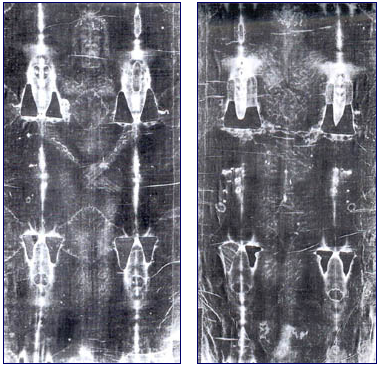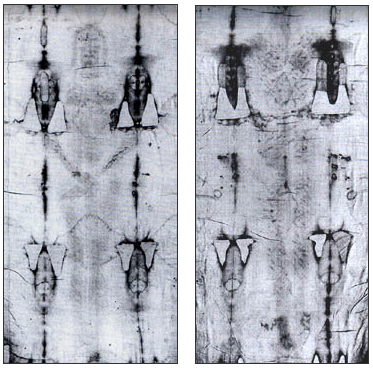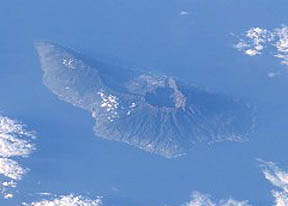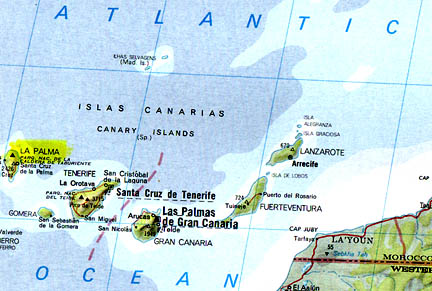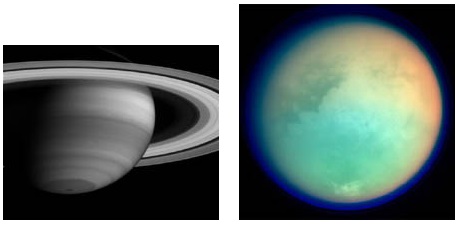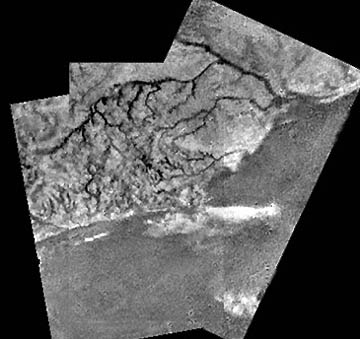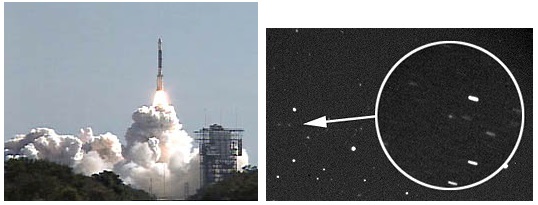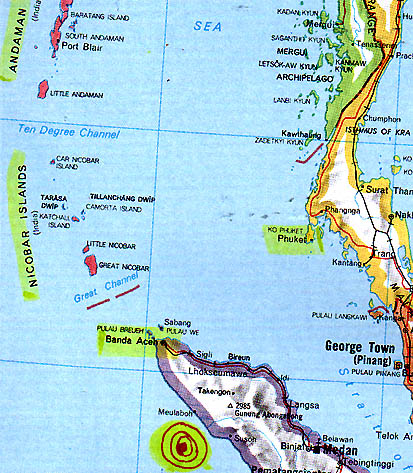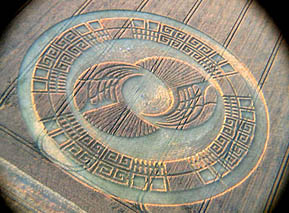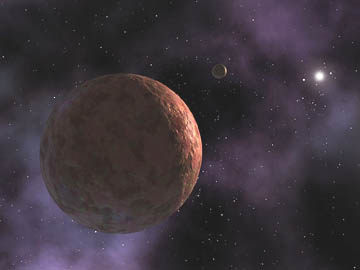"On January 27th, seismometers around the world were recording a quake every 20 minutes. ... I don't think we have ever seen this many magnitude 5 earthquakes concentrated in one location on the surface of the Earth, at least not in modern times."
Goran Ekstrom, Harvard Geophysicist
February 4, 2005 Cambridge, Massachusetts - Intense swarms of earthquakes, generally between 5 and 6 on the Richter Scale, began shaking the Nicobar and Andaman Islands north of Sumatra on January 26th. The next day, January 27th, seismometers around the world were recording an earthquake every 20 minutes. Indian Ocean residents and geophysicists began to wonder if it all was leading up to another large seismic event even if the quakes were aftershocks of the huge 9.0 that occurred off the coast of Banda Aceh, Sumatra in Indonesia, on the morning of December 26, 2004.
Click here to subscribe and get instant access to read this report.
Click here to check your existing subscription status.
Existing members, login below:



